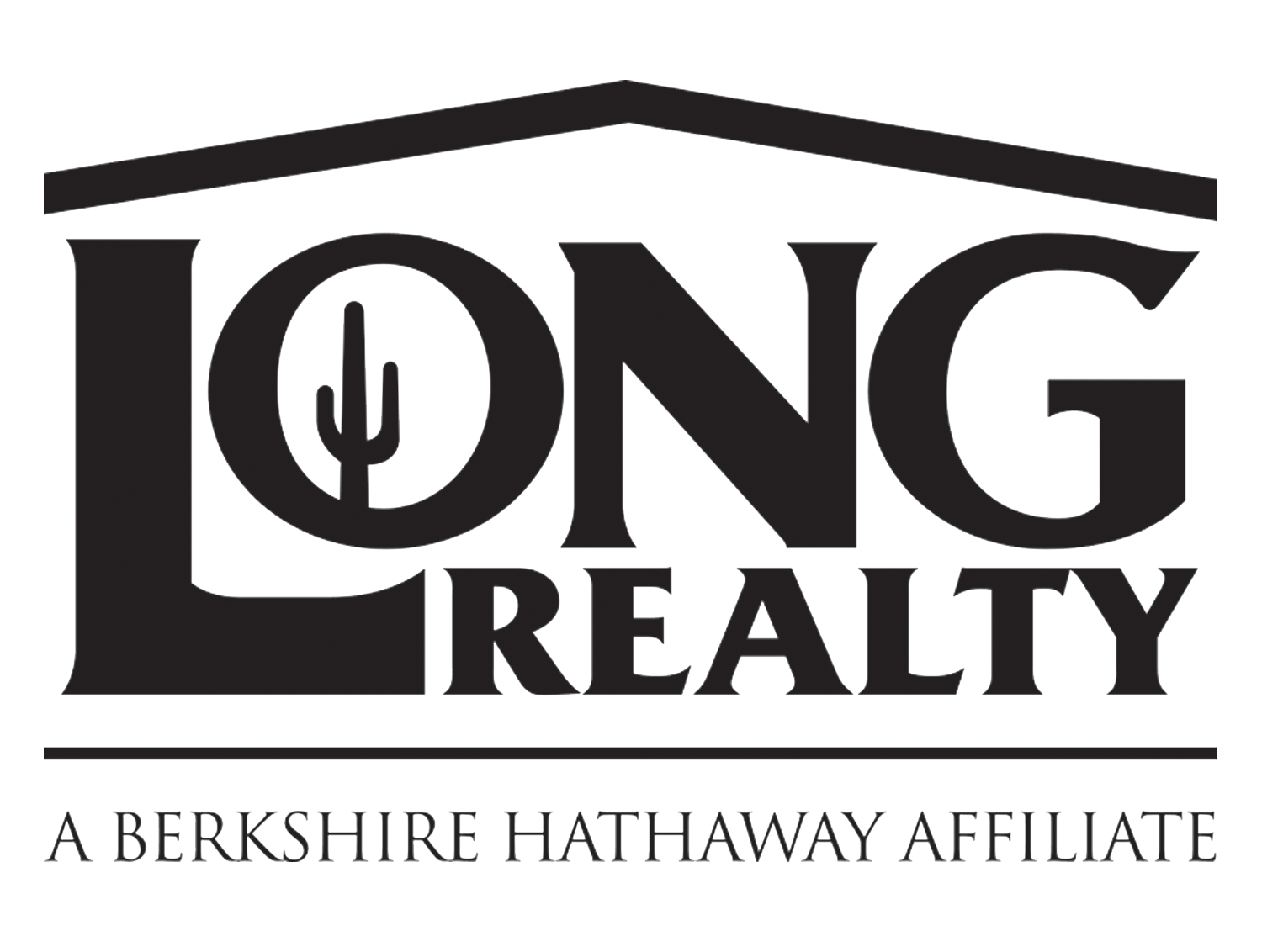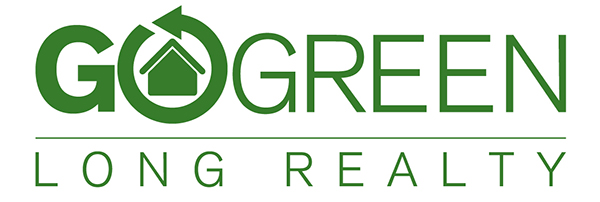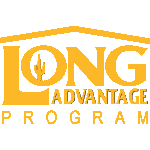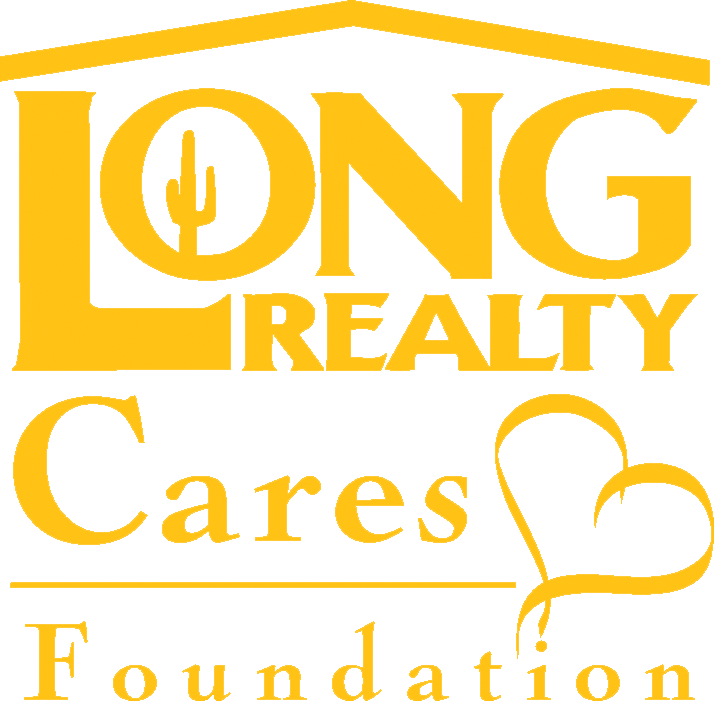Freddie Mac reported that average mortgage rates for 30-year fixed loans hit an all-time low of 4.69% this week after being at 4.75% the week before. This is very encouraging news for buyers in the market today as this represents tremendous savings per month for a typical mortgage. Unemployment concerns still linger though and demand hasn’t risen tremendously for mortgages largely because of the uncertainty in the job market. Those in a position to buy and with a need shouldn’t grow complacent with the recent low rates as they will not be around forever. Interest rates are a key factor in housing affordability and these tremendously low rates can offset even a further price reduction in the long term.
|
|
|||||
|
The U.S. Senate voted earlier this week to approve an extension of the closing deadline for those qualified buyers who are otherwise eligible for the Extended Homebuyer Tax Credit, but who will be unable to meet the June 30th closing deadline. This news would be tremendously beneficial to an approximated 180,000 buyers who were under contract by the stipulated April 30th deadline but for various reasons (primarily excessive volume at mortgage companies) may not meet the closing deadline set by the Extended Homebuyer Tax Credit of June 30th. This measure is part of a larger bill to pay for jobless benefits which must pass first and that measure would also have to be approved by the House of Representatives as well before being signed into law. As more information becomes available in the weeks ahead we will provide continual updates. According to a new release by the Joint Center for Housing Studies at Harvard University, the job market will play a critical part to any housing recovery. “If history is a guide, what happens with jobs will matter the most to the strength of the housing rebound,” says Eric S. Belsky, Executive Director of the Joint Center for Housing Studies. Despite substantial pressures still on the housing market due to foreclosures, the Joint Center for Housing Studies believes the low interest rates and recovering labor markets should shore up housing sales and new starts, after experiencing a dip with the expiration of the government’s tax credit program. Another promising sign from this release is the anticipated population influx through immigration which is anticipated to reach up to 15 million people in the next 10 years according to the Census Bureau. This demographic change should lift household growth and spur increased construction and sales. The Joint Center for Housing Studies does temper its report by saying even with a recovery the housing market and many homeowners will still feel the impact of recent price decreases with a slower move towards positive equity. Some economists are speculating that a real problem which may be faced in the future could be a shortage of homes. Right now that certainly isn’t the case and seems the farthest thing from accurate, but behind this line of thought is the real truth of a drastic reduction in new homes being built today. On average about 1.3 million new homes are built annually, but 2009 saw just shy of 400,000 new homes constructed. While 2010 has seen an increase in the number of new homes being built, the annualized pace is only close to 675,000 homes which is well short of the average demand. With the finances of many people stretched thin there has been a move towards shared homes, rentals, or moving in with family. When the economy picks up and especially if there is an unexpectedly quick recovery there is the potential for a lack of available homes in the future with this reduction in new homes hitting the market. The latest statistics released by the Tucson Association of REALTORS© Multiple Listing Service show that Northwest Tucson is the most active area of the market, having the most sales by area and the most active listings as well. Overall sales in the Northwest almost equal that of the next two highest areas combined, with those areas being Central and East Tucson. This margin is even more pronounced when looked at by volume as the Northwest side again leads the way in the real estate market in volume by price. The statistics for May 2010 show that total unit sales are up for the Tucson market, gaining 3.5% over last month and 28% over the May 2009. Another promising statistic for the housing market is the reduction in average days on the market which stands at 66 for May 2010 compared with 85 one year ago. While the average sales price did drop slightly this is somewhat indicative of the market being much more robust in that lower price range. This news is also counterbalanced by the fact that the sales price compared to list price has improved, showing sellers are a bit more realistic with list prices in today’s market spurring more home sales in a timely manner as evidenced by the reduction in days on the market. When searching for a property it is easy for many buyers to focus solely on meeting their current needs without giving any consideration to the future when they will sell that property themselves. Remember that a house purchase is a large investment of money. Take a moment before you make your final purchase decision and look ahead to the day you may be selling that property. This is particularly true if you expect to only be in the home a short amount of time, but even if you anticipate holding onto the property for many years to come it can be beneficial to look at the house from a seller’s point of view. After all, life throws up many curve balls and job relocation or other unforeseen circumstances may arise which alter your long term plans. Take a look at the neighborhood and marketable aspects of the home as if you were selling it. Many times a quirk or unique design feature that you like could make the house less attractive to a wide range of purchasers. This isn’t to say that the entire purchase decision should be predicated on a potential future sale, but some consideration should be given to that possibility. Obviously the most important immediate goal is finding a property in which you will be happy, safe, and enjoy without regrets during your ownership. Taking a look at the home from a seller’s viewpoint though may shed some light on the correct decision when deciding between properties and likely will reduce your chances of future regret when it comes time to sell down the road. Whether you’re selling a home or an interested buyer searching for a new property, the topic of a home inspection is likely to arise at some point. Most people have a general idea of the purpose in getting a home inspection, but often ask the question: Is it really necessary to pay for a home inspection? The answer is almost always a resounding YES! We strongly encourages home inspections on all resale properties and recommends that even new construction buyers consider paying for a home inspection as a means of independent verification and peace of mind. So what does a home inspection give you for the money? The primary benefit of the home inspection is to have an industry professional perform an analysis of the major components of your home. In Arizona home inspectors have been regulated by the Arizona Board of Technical Registration since 2001 and the requirement to be a Certified Home Inspector (CHI) are more stringent than most states, including many hours of classroom and on the job training. These inspectors provide a qualified inspection report which will cover many components of the home, such as:
It’s important to note what an inspection is not too. A home inspection is not a warranty for the property or any of its components. By trade most home inspectors are generalists and further detailed inspections if necessary may be performed by specialists, particularly if a discrepancy is found by the home inspector which would warrant further investigation. Because a home is such a sizable investment it simply makes sense to spend a relative minor amount of money for a professional evaluation of the home and its components. Too often problems which aren’t readily apparent to an average homebuyer ends up costing additional money down the road when they could have been identified by a home inspector before completing the purchase. For more information on home inspections contact us directly. Finally! The search for your new home is over, the lending process completed, escrow is closed, and the move-in begins. Amidst all of the excitement, anticipation, and relief it is important to remember that one safety concern which shouldn’t be overlooked is changing the locks on all exterior doors to your new home. This one bit of caution can go a long way in providing peace of mind for you and your family. In nearly every case the seller does turn over all their keys to the property, but it isn’t uncommon for them to forget they had given a key to a neighbor, dog sitter, or other friend for emergencies. Remember they likely have been busy getting moved out of the home, dealing with the sales process as well, and often purchasing a new home or handling a relocation so such details may have slipped their mind. We strongly recommends this saftey measure to protect your home and be more relaxed knowing that only you have keys to your new home. Most new construction homes won’t require this step unless you want to feel assured that an extra copy of a key wasn’t made along the way by any sales staff or the door subcontractor. Nearly all exterior door hardware is keyed for a construction key so the superintendent and sales staff can access the house during construction. Once the actual homeowner key is used it drops a ball inside the locking mechanism which now prevents the construction key from functioning. However, a cautious owner may still want to take the safety precaution of rekeying the house. One question heard with frequency is what direction is best for my house to face? The short ambiguous answer is that it depends. Each buyer may have a different preference depending upon their lifestyle, use of the home, and tolerance to temperature. First, a simple fact not to be diregarded is every house will have exposure to all four directions. Therefore the initial question to ask is where do you spend the majority of your time in and around the home? This will be the first step to determine what direction would best suit your needs. In Tucson the common element dictating people’s decisions is the sun and our higher summer temperatures. If you spend a lot of time outdoors, maintain full time residency in Tucson, and are sensitive to hot temperatures then backyard exposure to the west would be least desired because of the direct afternoon sun at the hottest part of the day in the summer months. On the other hand, another person who enjoys spending time in the backyard but who is a seasonal winter visitor may actually enjoy a west facing backyard since that additional sun in the afternoons during the winter months will provide more comfortable temperatures on average and could lead to actually spending more time outdoors. A particular house’s layout may also factor into the decision. If your lifestyle finds you spending abundant time in the kitchen and you’re concerned with too much sun heating up the kitchen in the summer, than two homes on the same lot may offer vastly different results. If both kitchens face south and one has few windows while the other boasts a wall of expansive windows, then the additional sun from the south facing home with a lot of windows may be less desirable. Another potential contributor may be the surrounding area. Does a particular home have neighboring properties, trees, or other structures that block the sun? These external factors often aren’t readily apparent from online listings, so don’t necessarily discount a particular home based on its orienation without having a complete picture. So what should you do if you find your dream home and it faces a direction that isn’t compatible with your lifestyle? Well, there are several possible remedies that could mitigate such a scenario if excessive sun was the issue. Products such as window screens, shutters, tinting, or even upgraded windows all can provide reprieve on the interior of the house. Exterior landscaping with shade trees or extended porches/patios may also be options to provide more shade to a yard or house. So while prior thought should be given to your preferred house orientation, it’s often advisable for it to not completely determine your search. The bottom line is give some thought to your preferences, lifestyle, and use to determine your ideal house orientation, but keep an open mind because you never know if a house or lot has unique attributes that may end up working well for you. |
|||||
|
|
|||||








Connect With Us!